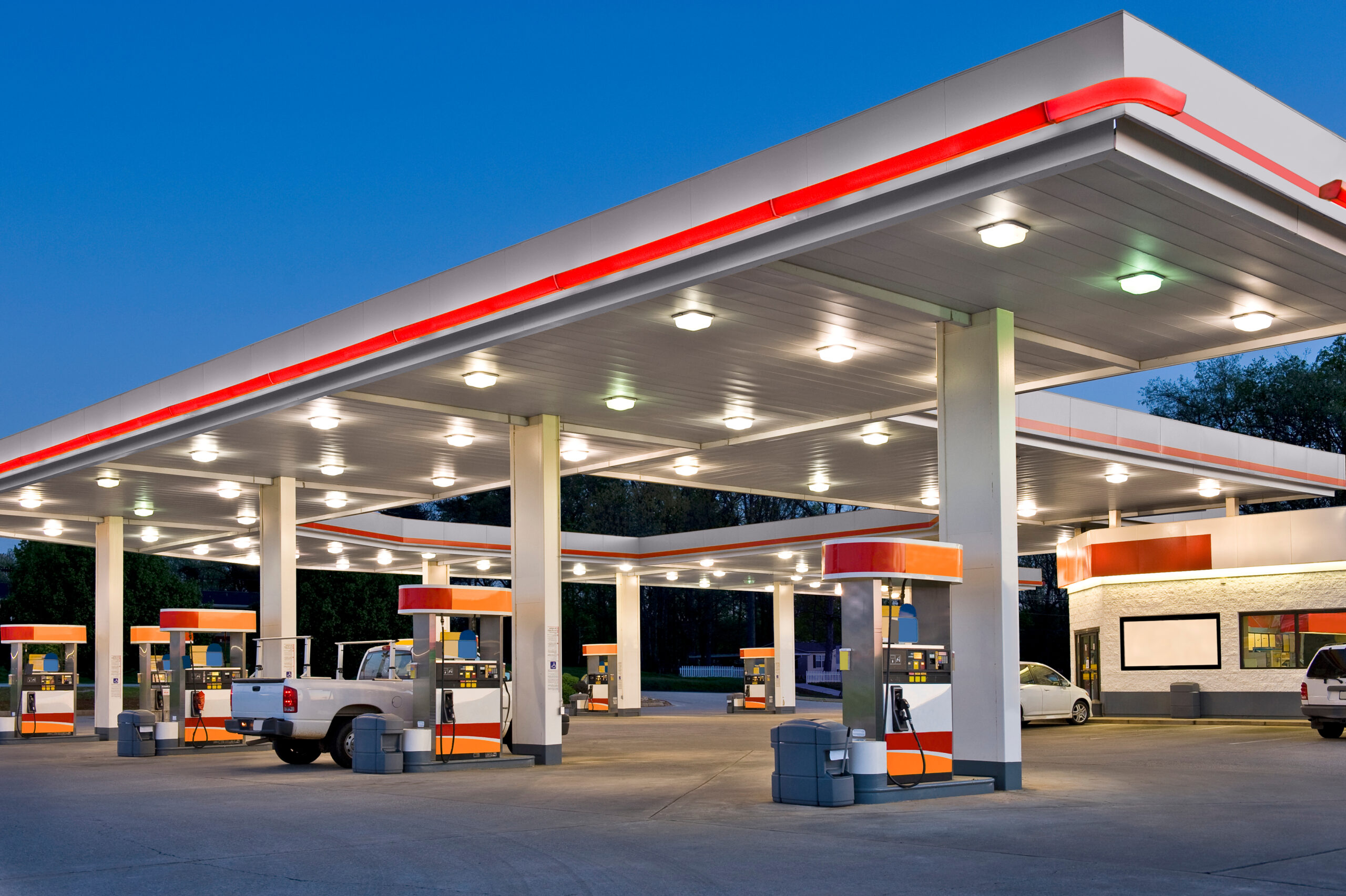W. Capra is the premier end-to-end consulting and services business – driving high impact, customer-first business transformation from high level strategy through implementation.

Leveraging our breadth of industry expertise and innovative thought leadership, we collaborate with clients to optimize operations, enhance consumer experiences, minimize risk, and achieve strategic business goals.
As the industry and technology evolve, so does our expertise and drive – and that keeps us at the cutting edge as we help clients navigate the complexities of today’s technology ecosystem and prepare for the new opportunities of tomorrow.

W. Capra Announces New Service Offering Focused on Mergers & Acquisitions
Through the acquisition of Impact 21 earlier this year, W. Capra bolstered their wealth of experience in business and technology alignment for large scale change including automation roadmaps, ERP deployments, and acquisition integration. The new M&A services will position the W. Capra team to work alongside our clients in early-stage M&A planning for strategic advisory on the construction of the deals, planning and validation of deal economics, and a deeper dive due diligence to establish a day one cutover and phased integration roadmap to capture synergies and optimize the business.
Featured Insights
Maximize Your C-Store’s Future Value: Why Preparation Starts Years Ahead
You’ve poured countless hours, navigated endless challenges, and invested immense energy into building your convenience retail business. You know every […]
Retail Site Technology End-of-Life Timelines: What You Need to Know
Imagine it is March 2026, and every iPhone user is notified that their text messages are being spied on by […]
Maximizing Margins: Turning Your Pricebook into a Profit Machine
Every retailer worth its salt fundamentally understands that pricebook is a massive, complex database and maintaining it is a huge […]
6 Reasons Convenience and Energy M&A Is Poised to Soar
While mergers and acquisitions have always been a part of the landscape in the convenience and energy industries, our experts […]
Opportunities for Impact Are
Everywhere. Let’s Get Started.
Contact us to learn more about how we can help.
Looking to stay in touch?
Subscribe to our newsletter for updates on industry trends.
















